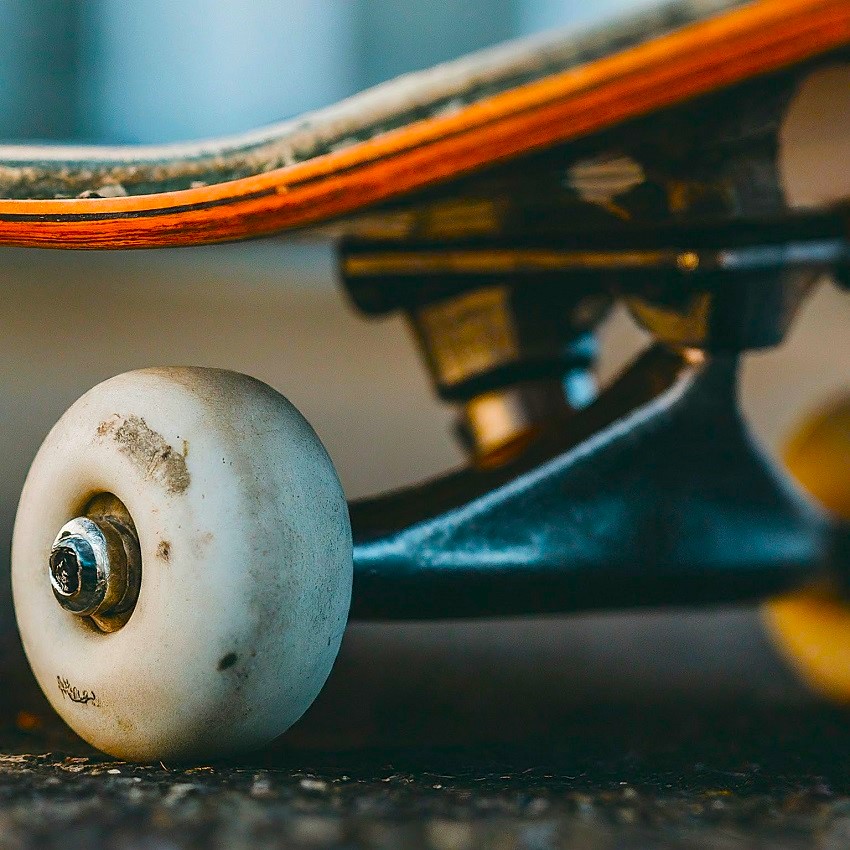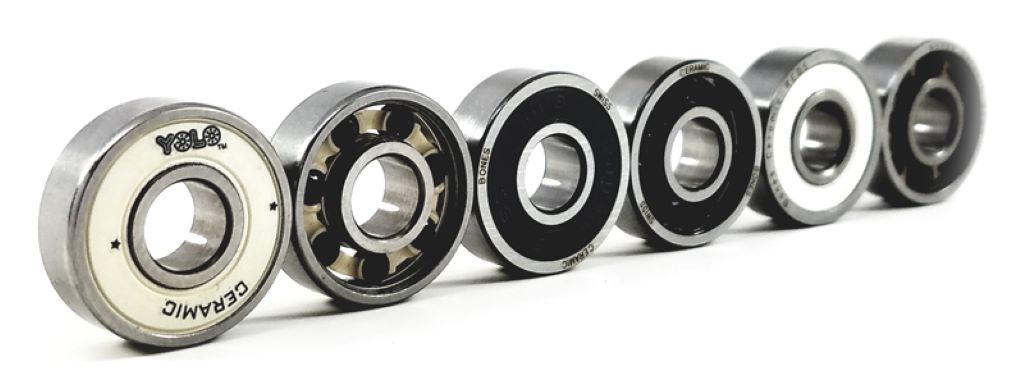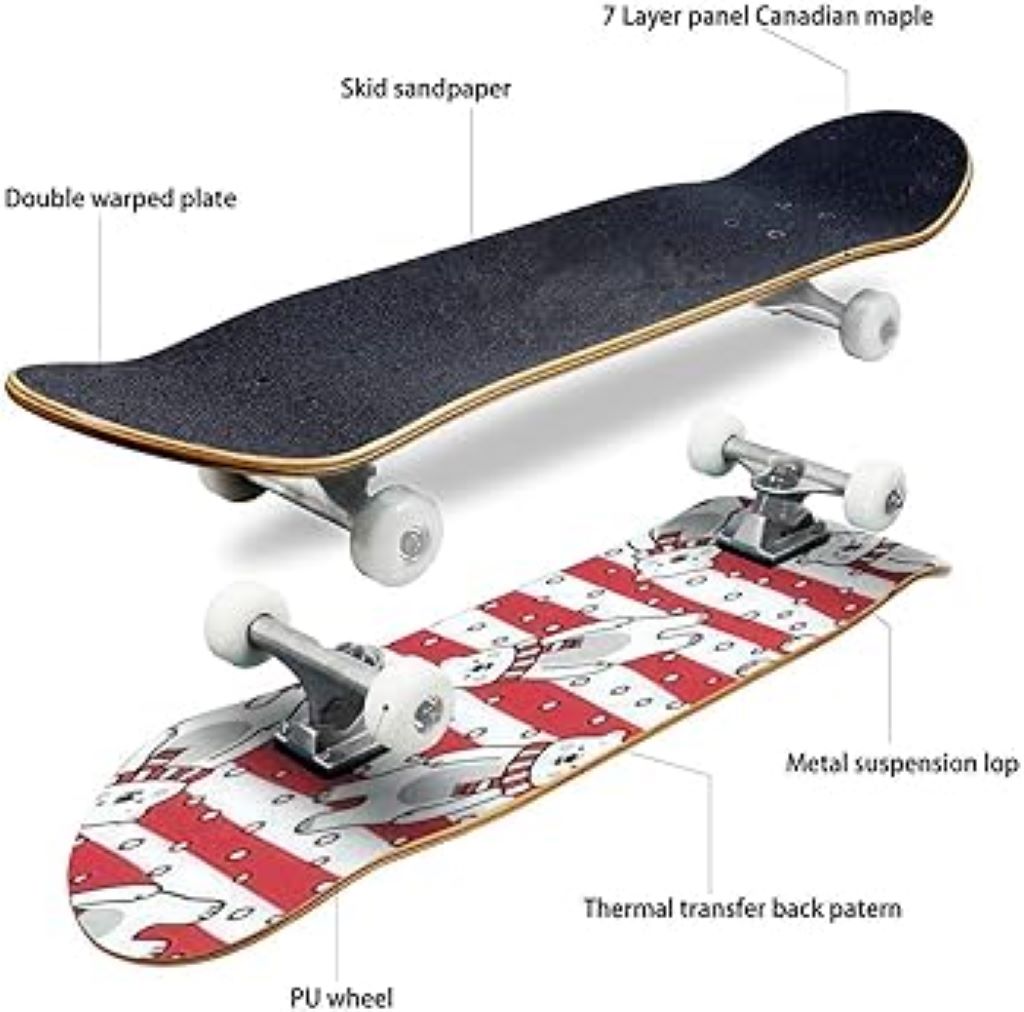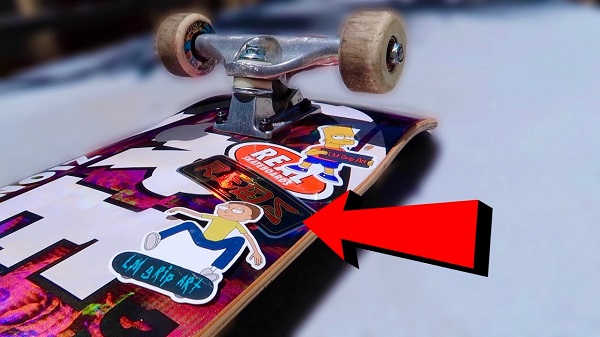For the uninitiated, a skateboard might seem like a simple wood plank with wheels. But delve deeper, and you’ll discover a world of specialized components, each playing a crucial role in the board’s performance. One such critical element is the truck, the metal assemblage that connects the wheels to the deck. Trucks are the foundation upon which your ollies, kickflips, and grinds are built, and understanding them is essential for any aspiring skater.
This guide will unveil the mysteries of skateboard trucks, empowering beginners and those with a foundational understanding to make informed choices.
The Anatomy of a Truck
Imagine a metallic upside-down T. The broad, flat section baseplate is bolted to the skateboard deck. Two arms, called the kingpin and hanger, extend downwards. The kingpin acts as a central pivot point, while the hanger holds the wheel axle in its hollowed-out chamber. Trucks come in pairs, one for each end of the deck, and both mirror each other.
Truck Components Explained
- Baseplate: The foundation, endures the brunt of your weight and impact. Wider baseplates generally provide more stability, while narrower ones offer increased flick ability for tricks.
- Kingpin: The central bolt connecting the hanger to the baseplate. Tightening it stiffens the turning radius and loosening it creates a looser, more carvy feel.
- Hanger: The arm that holds the wheel axle. Its geometry significantly impacts turning performance. Steeper angled hangers (closer to 90 degrees) offer sharper turns, while mellower angles (around 45 degrees) provide more stability at high speeds.
- Bushings: Urethane inserts sandwiched between the kingpin and hanger. They determine how much your truck turns and how it rebounds after a turn. Harder bushings offer more stability and control at high speeds, while softer bushings allow for sharper turns and better shock absorption.
- Axle: The metal rod around which the wheels spin. The axle size (typically 5/8″ or 3/4″) should match your wheel’s inner diameter.
Related: Skateboard Trucks: How tight should they be? – A Personal Preference
Choosing the Right Trucks: A Beginner’s Guide
As a beginner, your primary focus should be on stability and control. Here’s what to consider when choosing your first truck:
- Truck Width: Match the truck width to your deck width. Wider trucks (around 8″ or wider) provide more stability for learning the basics.
- Height: Standard height trucks (around 52mm) are versatile and suitable for most skating styles. High trucks (over 53mm) raise the deck, increasing clearance for grinds but affecting stability. Low trucks (under 52mm) provide a lower center of gravity, enhancing stability but reducing grind clearance.
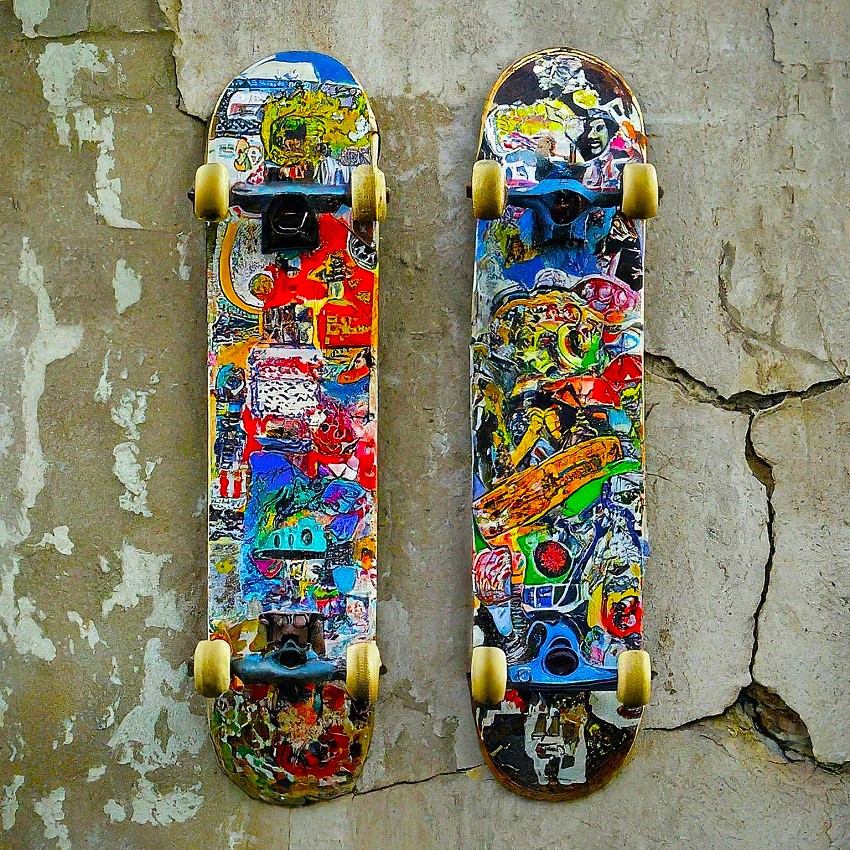
Beyond the Basics: For the Aspiring Rider
Once you’ve mastered the fundamentals, you can delve deeper into the world of truck customization. Here’s where your understanding of components comes into play:
- Tuning Your Turn: Experiment with different bushing hardnesses to find your sweet spot between responsiveness and stability.
- Replacing Parts: Worn-out bushings can significantly affect performance. Consider replacing them to maintain optimal control.
Remember: Trucks are a crucial part of your skateboard. Choose them wisely, and take care of them with regular maintenance (tightening loose bolts, replacing worn bushings) to ensure a safe and enjoyable skating experience.
Final Words
Skateboard trucks, while seemingly simple, are the heart of your board’s performance. Understanding their anatomy and how each component functions empowers you to make informed decisions, whether you’re a beginner seeking a stable ride or an aspiring rider seeking to fine-tune your tricks. With the right trucks under your feet, you’ll be carving your way to skatepark mastery in no time.

